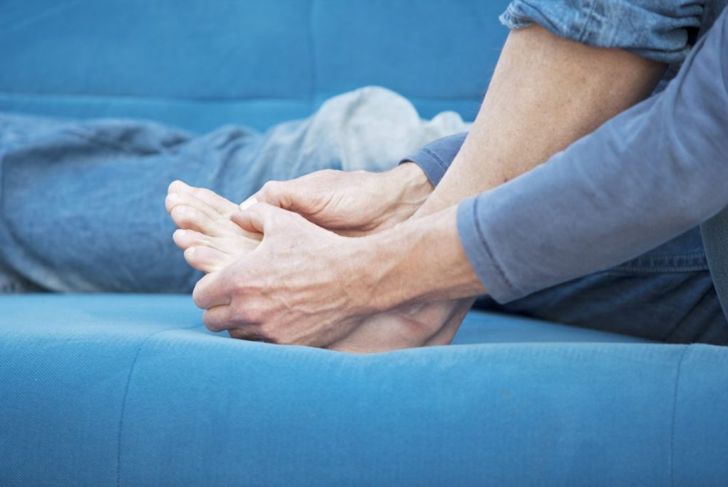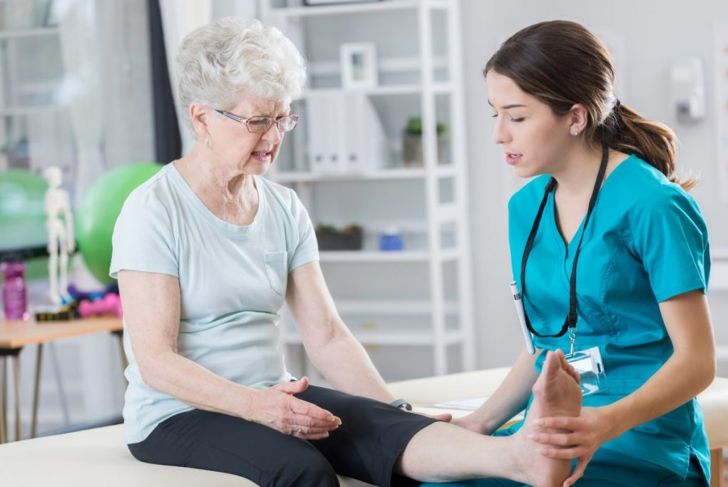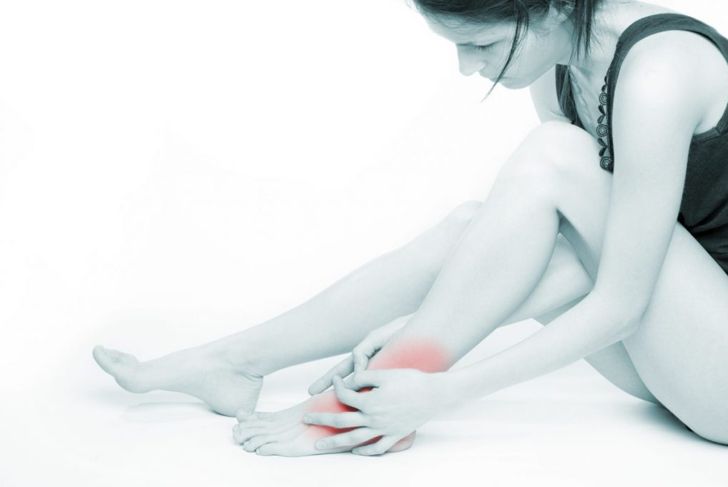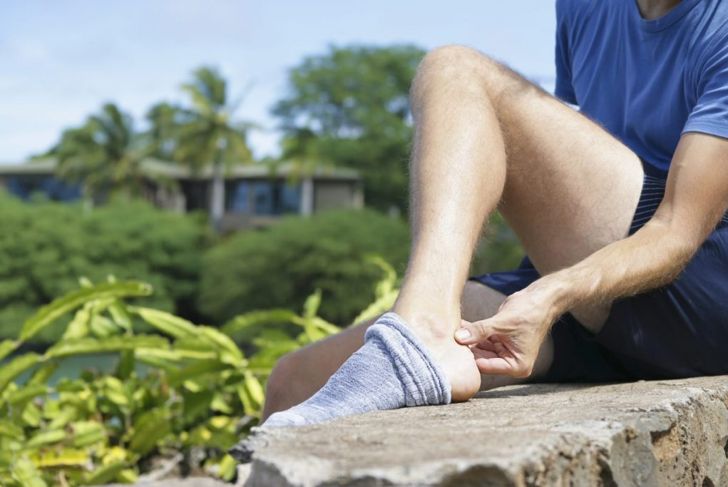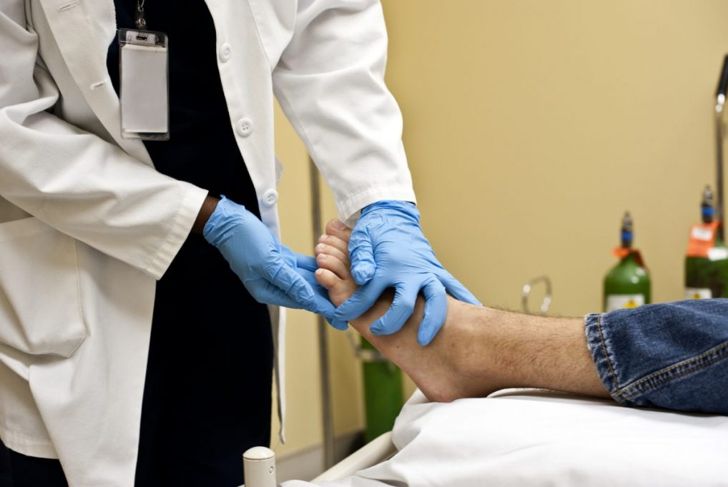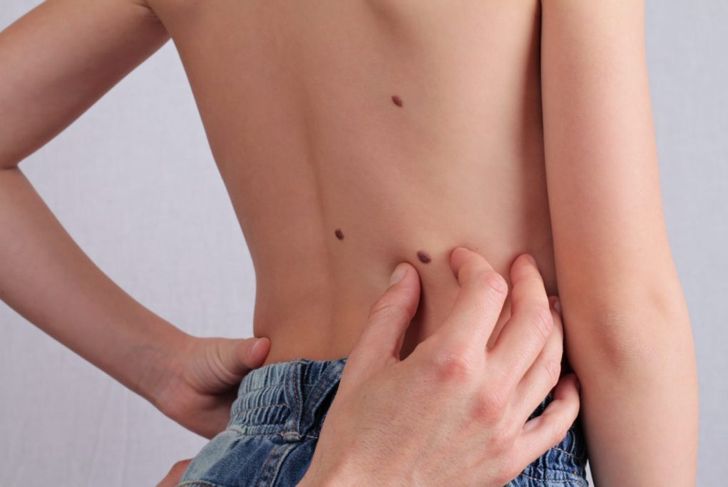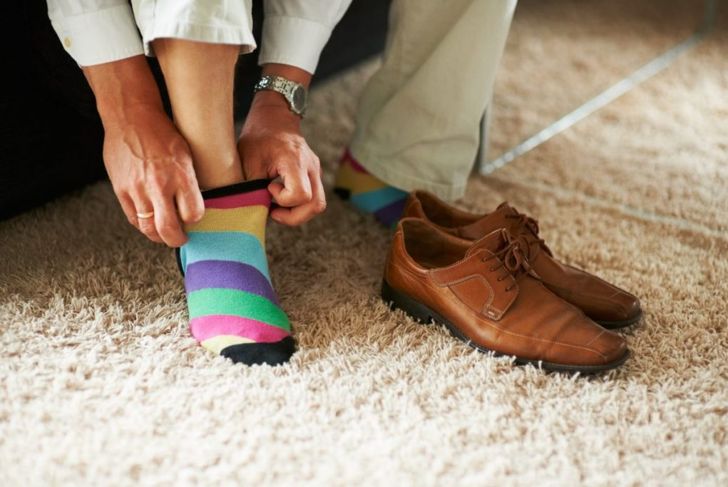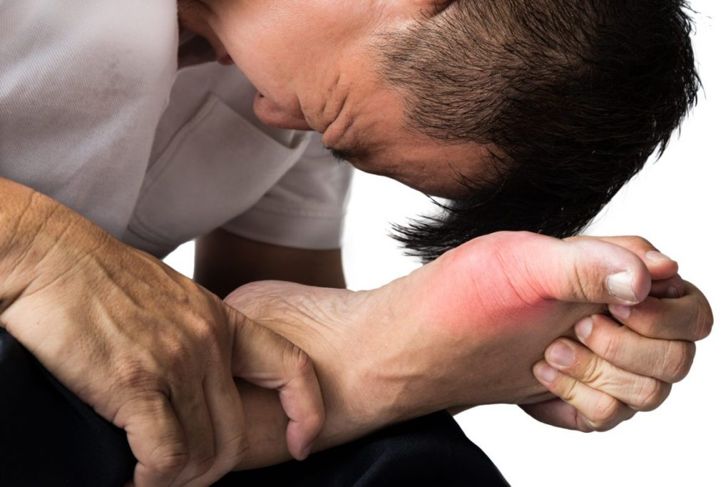Dozens of conditions can cause lumps to develop on top of the feet. Depending on the cause, the lumps can be painful, soft, hard, or of various sizes. Many people associate lump development with tumors and cancer, but this often is not the case for lumps on the tops of the feet. Though there are preventative options and home treatments available for some of these conditions, nothing replaces professional medical assistance.
Ganglion Cysts
Round lumps filled with fluid can develop along the tendons and joints of the foot. These are ganglion cysts and can grow as large as an inch across. Sometimes the lumps are visible, though smaller lesions may not be. Ganglion cysts cause discomfort and pain, especially when socks or shoes rub against them. Additionally, the cysts can develop on top of the foot, around the toes, or along the ankle. It is uncommon for ganglion cysts to grow on the soles or heels of the feet.
Treating and Preventing Ganglion Cysts
Most ganglion cysts smooth away without treatment and do not require medical attention. However, if the cyst is dangerously large or causing substantial pain, a physician may opt to drain the fluid. In other circumstances, doctors may immobilize the affected area with a brace or splint. Popular home remedies include smashing the cyst with a heavy object or trying to pop the cyst. These actions are potentially dangerous, and physicians do not recommend them. The best method to prevent cyst development is frequent joint stretches and mobility exercises.
Chondromas
Rare, slow-growing lumps that develop in various areas of the body, including the feet, are chondromas. These benign cartilaginous tumors have two varieties: enchondromas and enchondromas. Enchondromas are more common and feature the tumor growing inside the bone and expanding it outward. Ecchondromas are rare and grow outward from the exterior surface of the bone. If chondromas develop on the feet, they are most noticeable along the top of the foot and around the toes.
Treating and Preventing Chondromas
Enchondromas are often asymptomatic and will not require any form of treatment. If the tumor presents an issue to the patient, a surgeon may use curettage to remove it. Bone grafting can ensure proper healing and prevent the need for future treatments. Though it is rare for chondromas to become malignant, some physicians may choose to use radiation therapy preemptively. Currently, there is no guaranteed way to prevent tumor growth. Some studies suggest that active and healthy lifestyles may help prevent tumors and cancer.
Lipomas
Soft, easily-movable lumps underneath the skin are likely lipomas. These are growths of fatty tissue that typically develop along the neck, back, abdomen, and limbs. However, they can occasionally develop on the surface of the feet or between the toes. Lipomas are usually pale or colorless and grow slowly. They are benign and often asymptomatic. Despite this, if they grow into the nerves, they can cause significant pain. Lipomas also look similar to liposarcoma, a cancerous condition.
Treating Lipomas
Medical experts do not know what causes lipomas. They do know that the risk for developing a lipoma is higher if there is a family history of them. Additionally, the condition primarily affects adults between the ages of 40 and 60, as well as those with conditions such as adiposis dolorosa, Cowden syndrome, or Madelung’s disease. Like many foot lumps, physicians may not treat the lump if it isn’t causing issues. However, dermatologists may remove them via surgery, liposuction, or steroid injections if necessary.
Plantar Fibroma
Fibroid tumors or fibromas are benign tumors consisting of fibrous connective tissue. They can develop anywhere on or within the body, including on organs such as the ovaries. Plantar fibromas are specifically fibromas that develop on the feet. There are typically two types: hard and soft. Hard fibromas consist primarily of fibers and contain few cells. Soft fibromas are primarily loose cells with some fibrous connections. Their appearance can vary, though many look similar to moles or skin tags. Fibromas may have a more lump-like appearance while forming.
Treating and Managing Plantar Fibroma
Like many foot lumps, fibromas can have symptoms ranging from mild discomfort to extreme pain. Foot health professionals may recommend padded socks or different footwear to ease the pain. To treat a fibroma, an expert may use steroid injections to shrink the tumor. In extreme cases, surgery may be an option. Possible risks to plantar fibroma surgery include arch flattening or the development of hammertoes.
Bursitis
The bursae are small, fluid-filled sacs that help cushion the areas between a bone and other moving parts. Bursitis occurs when the bursae become inflamed. Typically, this is the result of an injury or overuse of a joint. As the inflammation worsens, one or several lumps may develop along the joint. In the feet, this occurs primarily around the ankles, heels, and big toes. Bursitis is often extremely painful.
Treating and Preventing Bursitis
Because bursitis usually results from overuse of a joint or an injury, it is simple to prevent. Protective gear such as knee pads or special insoles prevents injuries from damaging the joint and the bursae. Taking frequent breaks and maintaining a healthy weight can lower the amount of stress the joints experience. Treating bursitis involves rest and immobilizing the affected area. Additionally, cold compresses can reduce swelling. Physicians may use steroids or physical therapy as additional treatment options. Devices such as canes or wheelchairs may be necessary to prevent the use of the joint during healing.

 Home
Home Health
Health Diet & Nutrition
Diet & Nutrition Living Well
Living Well More
More